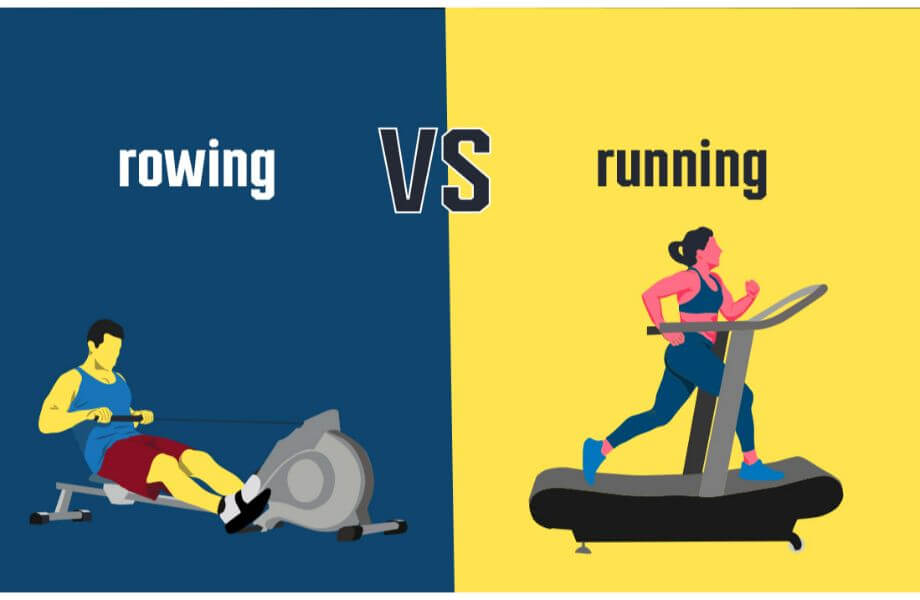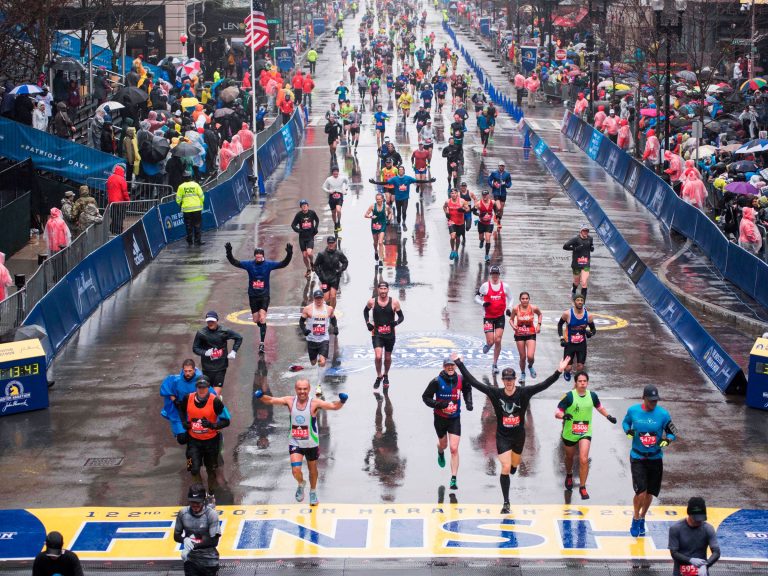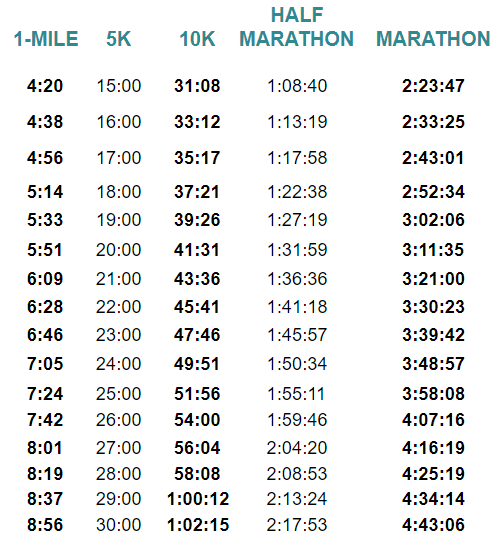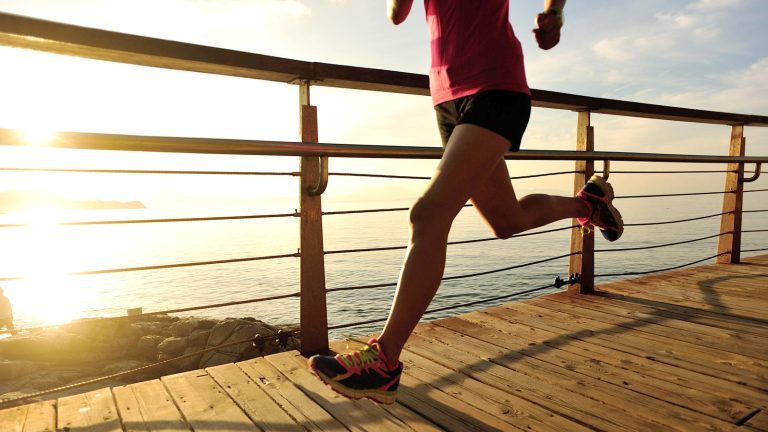Rowing Vs Running
Rowing engages both upper and lower body, while running mainly works lower body muscles. Rowing offers full-body workout, strengthening muscles and improving cardiovascular health.
It is beneficial for overall fitness, targeting major muscle groups and burning calories effectively. On the other hand, running is popular for its simplicity and convenience, aiding in weight loss and improving cardiovascular endurance. Both rowing and running have their unique benefits, catering to different fitness goals and preferences.
Whether you prefer the dynamic resistance of rowing or the rhythmic movement of running, incorporating either activity into your fitness routine can bring about significant health benefits. We will delve into the differences between rowing and running, exploring the advantages and disadvantages of each exercise form. We will examine the impact of rowing and running on various aspects of physical and mental well-being, helping you make an informed decision on which activity aligns with your fitness goals.
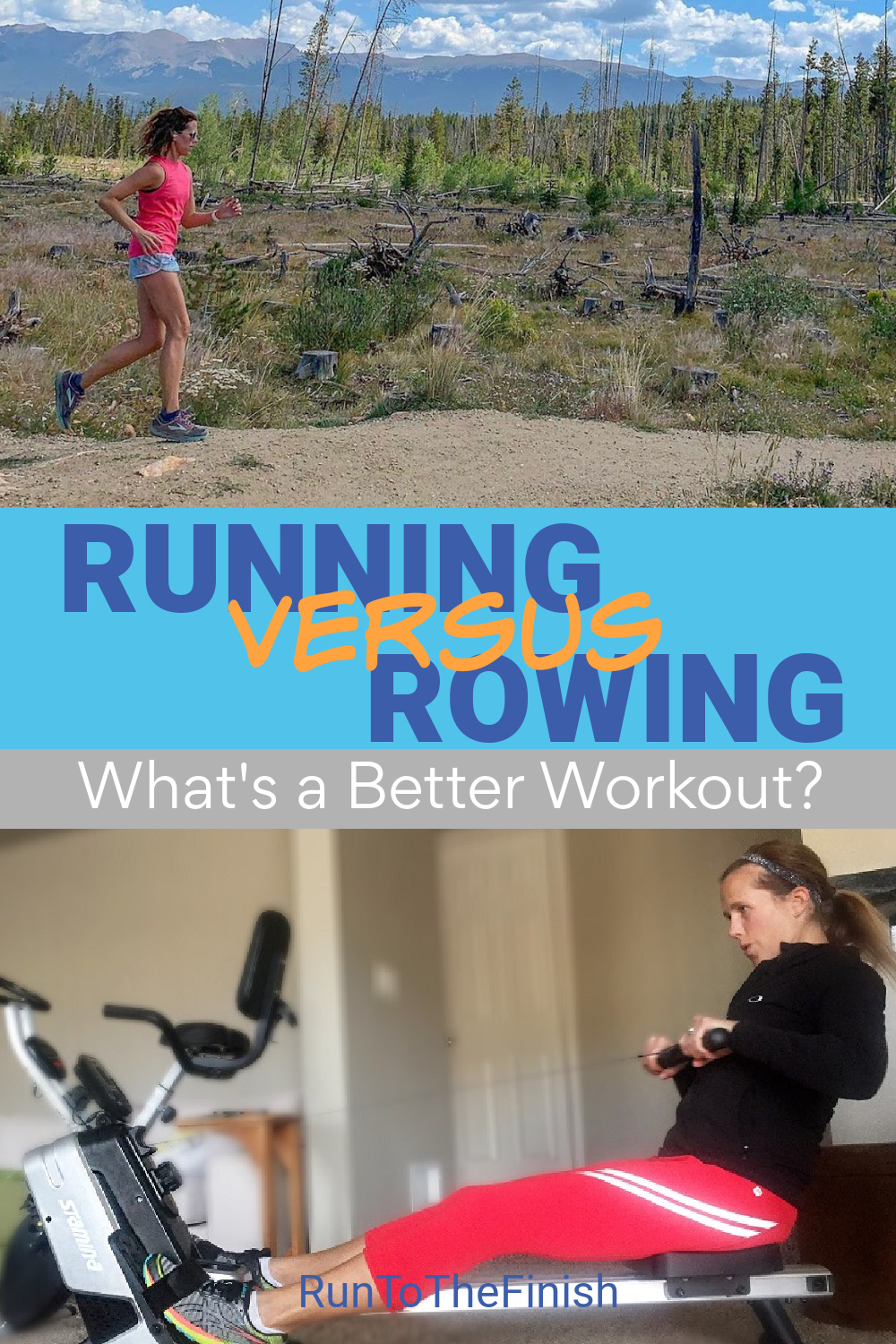
Credit: www.runtothefinish.com
Benefits Of Rowing
When comparing rowing and running, both are excellent forms of exercise that offer a range of health benefits. Here, we will delve into the specific advantages of rowing, a total-body workout that engages the muscles of the upper and lower body while providing an effective cardiovascular workout.
Full-body Workout
Rowing engages multiple muscle groups, providing a full-body workout that targets the arms, legs, core, and back. The pulling motion activates muscles in the back, shoulders, and arms while the pushing motion engages the legs and glutes. This holistic approach makes rowing a great choice for those looking to tone and strengthen their entire body simultaneously.
Cardiovascular Fitness
Rowing is an excellent cardiovascular exercise that can help improve the health of the heart and lungs. The repetitive nature of rowing at a moderate to high intensity increases heart rate and oxygen consumption, supporting overall cardiovascular fitness. This is particularly beneficial for individuals looking to improve their endurance and stamina while burning a substantial number of calories.
Benefits Of Running
Running is an excellent form of cardiovascular exercise that offers a multitude of benefits for overall health and wellness. Including this activity in your fitness routine can have a significant impact on various aspects of your physical and mental well-being. Let’s delve into the benefits of running in more detail.
Weight Loss
Regular running burns calories effectively, aiding in weight loss goals.
Improved Bone Density
Consistent running can help enhance bone density, reducing the risk of osteoporosis.
Muscles Targeted In Rowing
Rowing is a full-body workout that targets multiple muscle groups including the arms, back, and legs, making it a more comprehensive exercise compared to running.
Legs And Glutes
Rowing primarily targets the legs and glutes due to the extensive pushing motion against the resistance of the water. It engages multiple muscles in the lower body.
- Quadriceps: Front thigh muscles utilized during the drive phase of the rowing stroke.
- Hamstrings: Back thigh muscles engaged during the leg push in rowing.
- Gluteus Maximus: The largest muscle in the glutes activated during each stroke.
- Calves: Calf muscles are involved in stabilizing and pushing off during rowing.
Core And Upper Body
Rowing also targets the core and upper body through the rotational movement and pulling motion of the rowing stroke. This full-body workout helps strengthen various muscle groups.
- Abdominals: Core muscles engaged in stabilizing the body throughout the rowing stroke.
- Obliques: Side abdominal muscles activated during the twisting motion in rowing.
- Back: Upper back muscles, including the latissimus dorsi, engaged in the pulling phase.
- Shoulders: Deltoids and trapezius muscles involved in the arm movement of rowing.
- Arms: Biceps, triceps, and forearms are strengthened during the rowing stroke.
Muscles Targeted In Running
When it comes to running, various muscle groups come into play, making it a well-rounded workout that offers a range of benefits. Engaging in regular running can help in building and strengthening a variety of muscle groups, including those in the legs, core, and upper body. Understanding the specific muscles targeted during running can provide insight into its overall impact on the body.
Legs And Calves
Running primarily focuses on the lower body, particularly the legs and calves. The repetitive motion of running activates the quadriceps, hamstrings, and calf muscles. The quadriceps, located at the front of the thigh, play a crucial role in extending the knee and propelling the body forward during each stride. Simultaneously, the hamstrings, located at the back of the thigh, contract to flex the knee and extend the hip. This coordinated effort between the quadriceps and hamstrings facilitates the powerful movement required for running. Additionally, the calf muscles, including the gastrocnemius and soleus, are engaged to push off the ground and lift the body through each step.
Core Stability
While running primarily targets the lower body, it also requires a significant amount of core stability to maintain proper form and posture. The core muscles, including the abdominals, obliques, and lower back muscles, play a crucial role in supporting the body and maintaining balance during each stride. Engaging these muscles during running helps improve overall stability and posture, reducing the risk of injuries and enhancing running efficiency.
Impact On Joints
When it comes to choosing a form of exercise, it’s important to consider the impact it will have on your joints. In this blog post, we will compare rowing and running in terms of their effects on joint health.
Less Stress On Joints In Rowing
If you’re concerned about the impact on your joints, rowing may be the better option for you. Rowing is a low-impact exercise that places minimal stress on your joints, making it a great choice for individuals with joint pain or those recovering from an injury.
Unlike running, which involves repetitive pounding on hard surfaces, rowing provides a smooth and fluid motion that doesn’t jar your joints. By gliding through the water or using a rowing machine, you can still achieve an intense cardiovascular workout without the risk of excessive strain on your joints.
In addition to being easy on your joints, rowing offers a wide range of benefits. It engages multiple muscle groups in your legs, arms, core, and back, helping to improve strength, endurance, and overall fitness. Furthermore, rowing is a full-body exercise that can burn a significant amount of calories, making it an efficient way to support weight loss.
Higher Impact On Joints In Running
If you’re an avid runner, it’s important to be aware of the potentially higher impact on your joints. Running involves repetitive impact forces that can place stress on your knees, hips, ankles, and feet. While running can provide excellent cardiovascular benefits, it’s not always the best choice for individuals with pre-existing joint issues or those prone to injury.
Running on hard surfaces such as concrete can exacerbate joint problems and increase the risk of conditions like runner’s knee and shin splints. Additionally, the repetitive nature of running can lead to overuse injuries, especially if proper form and technique are not maintained.
Despite the higher impact on joints, running offers its own set of advantages. It is a convenient and accessible form of exercise that requires minimal equipment or specific locations. Running can also improve bone density and strengthen muscles in the legs, contributing to overall fitness.
In conclusion, consider the impact on your joints when choosing between rowing and running. While rowing provides a low-impact alternative that is gentle on your joints, running offers the convenience and cardiovascular benefits that many individuals enjoy. Choose the activity that aligns with your goals, preferences, and joint health status.
:max_bytes(150000):strip_icc()/Rowing-vs-Running-GettyImages-1213234950-GettyImages-1309844633-2000-40ebe61d3b68479b83dafa0b050fc72a.jpg)
Credit: www.shape.com
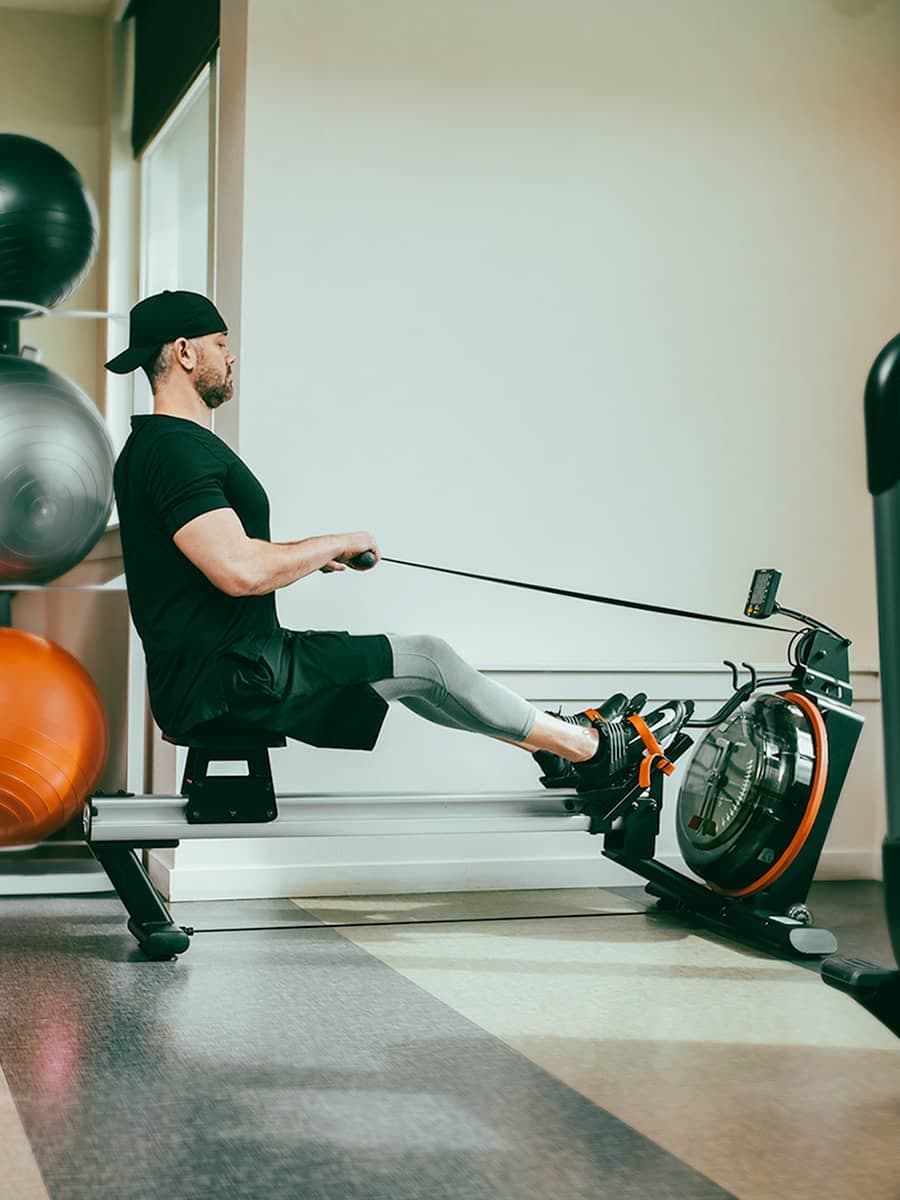
Credit: www.nike.com
Frequently Asked Questions For Rowing Vs Running
How Does Rowing Compare To Running?
Rowing and running are both great forms of cardiovascular exercise. While running primarily focuses on lower body strength and endurance, rowing engages both upper and lower body muscles for a full-body workout.
Which Is Better For Weight Loss: Rowing Or Running?
Both rowing and running can be effective for weight loss. Rowing burns more calories per hour, but running allows for higher intensity workouts. Choose the activity that you enjoy the most and can sustain long term.
Can Rowing Replace Running In My Fitness Routine?
Rowing can be a great alternative to running or a complement to your fitness routine. It provides a low-impact option that puts less stress on your joints while still providing a challenging workout for your whole body.
Conclusion
Both rowing and running are excellent forms of exercise with their own unique benefits. While rowing provides a full-body workout and is low-impact, running is great for cardiovascular health and can improve bone density. It’s important to choose the one that best suits your fitness goals and preferences.
Happy exercising!

